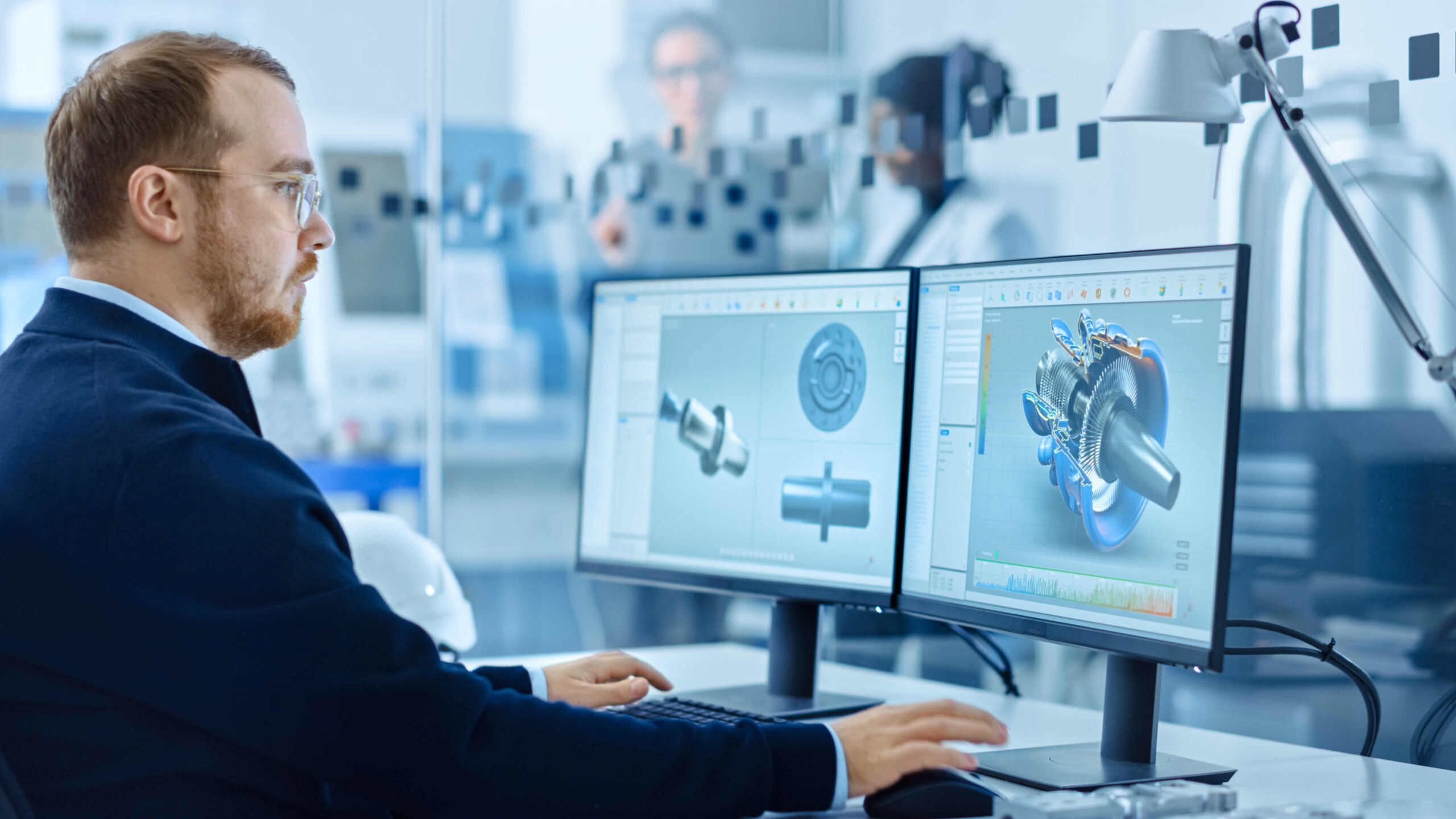The integration of 2D and 3D CAD drawing services has changed the face of the engineering and design landscape. Not only has this synergy somehow simplified the process of design but has also improved the accuracy and efficiency of engineering answers. How the interaction of these two services influences the future of engineering design is what we shall consider.
The Foundation of Engineering Design: 2D CAD Drawing Services
2D CAD drawing services have been the keystone of engineering design, providing an accurate and detailed portrayal of projects. They give a clear description of sizes, procedures, and materials that are crucial to the beginning stages of an engineering project. 2D CAD drawing services are needed to ensure accurate engineering project planning and detailing. They are also the essence of a fundamental plan which directs the whole lifecycle of the project starting from the idea to its realization.
Providing an in-depth look at each component, 2D CAD drawings guarantee that all parts are precisely reflected, enabling easy communication and eliminating misinterpretations in the initial phases of the project. Technological evolution, however, requires the design of more complex and realistic representations which pushes the integration of 3D CAD services as a more complete design solution.
Making Designs Real with 3D CAD Services
The 3D CAD services have revolutionized the engineering design process by presenting an alive and interactive model of projects. They offer a better visualization that would enable the engineers and clients to go through the designs in a virtual environment. The power to revise and play with designs in a live mode has considerably minimized mistakes and the process from design to production has been made easier and quicker.
3D CAD services make the design process more dynamic and interactive, providing a realistic representation of the projects before either construction or manufacturing begins. The spatial dynamics, aesthetics, and potential issues that a design might pose is understood by the stakeholders through this immersive visualization, leading to a more knowledgeable decision-making, and allowing the designs to be virtually tested under different conditions to assure the best function and aesthetics.
Integrating 2D and 3D CAD for Total Solutions
CAD services as a capability are best exploited in the integration of 2D and 3D designs. This method blends the lucidity and accuracy of 2D drawings with the depth and interactivity of 3D models. It promotes the process of collaborative design, where 2D plans and 3D models together guarantee accuracy, feasibility, and efficiency.
The integration of 2D and 3D CAD drawing services offers the best of both worlds, i.e., utilizing the accuracy of 2D blueprints and spatial aspect of 3D models. This synergy improves the design, review, and approval processes, allowing the projects to be tuned and optimized with higher precision and performance. It as well, provides for easy transition from the conceptual design into the detailed engineering and construction documentation.
Overcoming Challenges with Integrated CAD Services
There are some challenges that come with integrating 3D and 2D CAD drawing services, such as problems related to compatibility and specialized training. Nonetheless, the advantages are many more times higher. Integrated CAD software solutions will help engineering firms to make faster turnaround, deliver better clients’ satisfaction, and make some savings on design and production costs.
The Future of Engineering Design: Trends and Innovation are at the heart of modern living.
Further integration of 2D and 3D CAD services will be the future of engineering design especially with developing technologies such as AI and VR being instrumental. AI can automate the routine tasks, perform analyses of designs for optimization purposes and VR provides immersive experiences which can help to have a better understanding and collaboration among teams. The developments guarantee the improvement of the design process to be more effective, precise and economically viable.
Conclusion
The interpenetration of 2D and 3D CAD drawing services is a revolution in the field of engineering design, delivering a more layered, precise, and both time and effort saving approach to the way solutions are designed. The opportunities that are open for these services to improve the design process as the technology advances are limitless. Adopting this integrated methodology not only enhances the creative level of solutions but also creates a new benchmark for innovative engineering.



